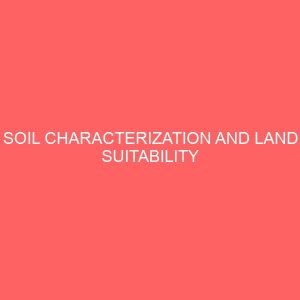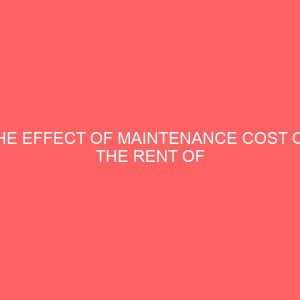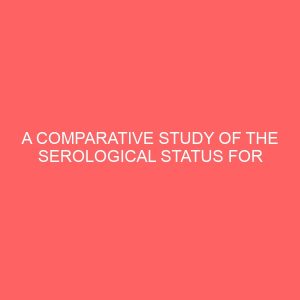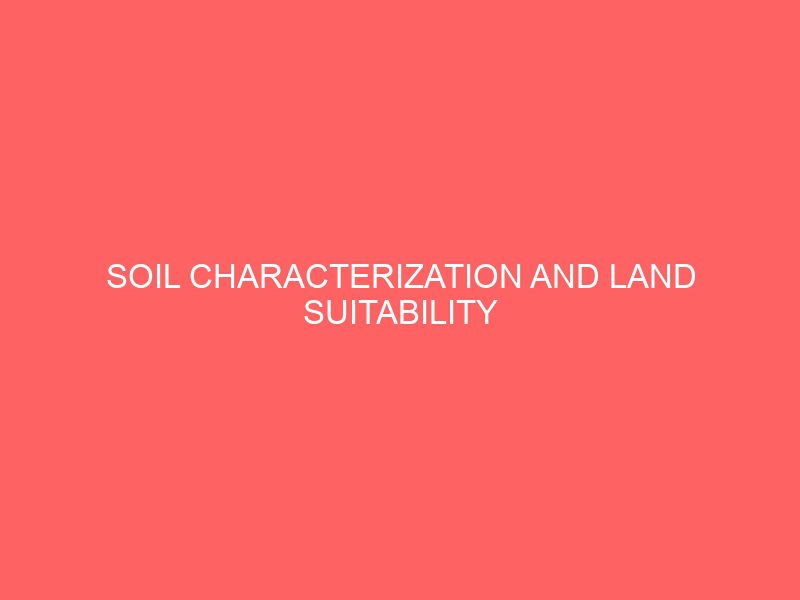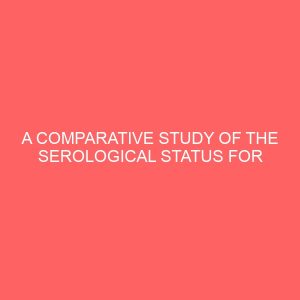Description
Chapter One INTRODUCTION It is important that the land that will be used for agricultural production should be used according to its capacity for optimization and sustainability of soil productivity (Adeboye, 1994). This becomes very vital at this time when precision farming is gaining wider acceptance and the relevance is particularly more now in the developing world where the use to which a land is put is very often not related to its capacity (Senjobi, 2001). A major problem of agricultural development in Nigeria is poor knowledge and appraisal of suitability of parcels of land for agricultural production. The result is poor farm management practices, low yield and an unnecessary high cost of production (Aderonke and Gbadegesin, 2013). Land evaluation using a scientific procedure is essential to assess the potentials and constraints of a given land parcel for agricultural purposes (Rossiter, 1996). The knowledge of soil limitations arising from land evaluation reports aims at ameliorating such limitations before, or during cropping period (Lin et al., 2005). Therefore, soil as a main medium for cultivation needs to be assessed (surveyed / characterized) scientifically. The performance assessment is based on matching qualities of different land units in specific area with the requirements of actual or potential land utilization types. This assessment results in classification of lands as to their suitability to produce specific crops or combination of crops (Ezeaku, 2011). Soil suitability evaluation involves characterizing the soils in a given area for specific land use type. The suitability of a given piece of land is its natural ability to support a specified land use such as rain-fed agriculture, livestock production, forestry, etc. The main objective of land evaluation is to predict the inherent capability of a land unit to support a specific land

